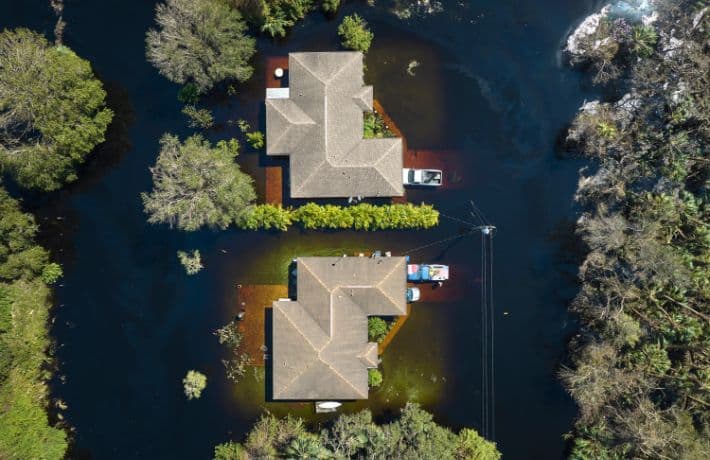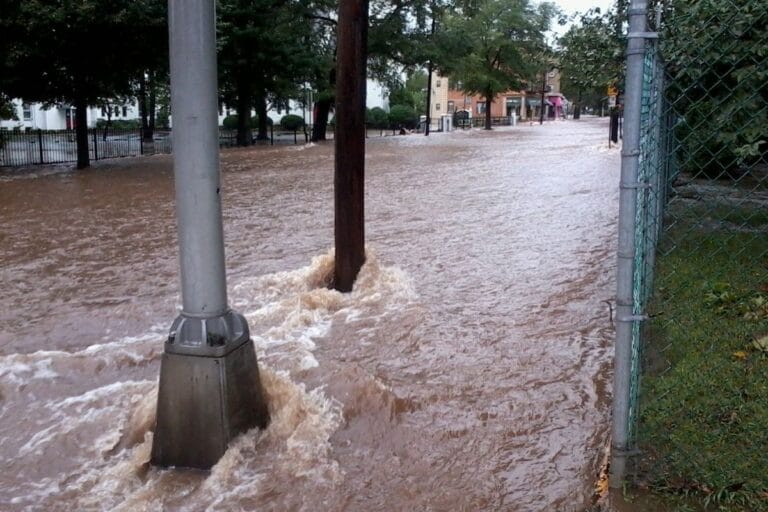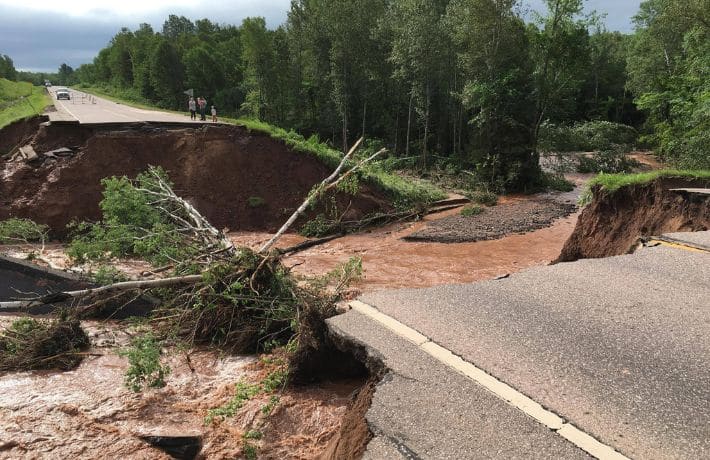Implementation of the Federal Flood Risk Management Standard Getting Underway

Where is the nation in terms of implementing a strong Federal Flood Risk Management Standard (FFRMS) to protect taxpayer investments in new infrastructure and mitigation actions to reduce flood losses?
First a recap. The FFRMS was established to encourage federal agencies to consider and manage current and future flood risks. It was established under the Obama administration under Executive Order 13690, revoked in the next administration, and reinstated under the Biden administration under Executive Order 14030. The FFRMS provides flexibility and gives agencies one of three approaches for establishing a flood protection level: 1) The Climate Informed Science Approach (CISA) which is a result of understanding the future condition based on climate science; 2) the Freeboard Value Approach (FVA) which adds 2 or 3 feet to the base flood elevation depending on the criticality of the action; or 3) 500-year floodplain. You can find more information on the FFRMS here.
The Biden administration seems to be taking climate change quite seriously; recognizing that growing flood risks call for, among other things, increasing building elevation and expanded resiliency standards. Not doing so now puts new taxpayer investments at future risk and subjects people, homes, businesses, and infrastructure like hospitals, power plants, and other critical facilities at greater risk due to sea-levels rise and the growing frequency of extreme rainfall events.
There is now a huge increase in dollars for infrastructure and mitigation grants available over the next several years to fund many of these kinds of taxpayer investments. However, these investments must take into account the future risk if we are to protect low-income people and communities, plus anyone who might be considering buying or building in high flood risk areas as well as communities investing their tax dollars.
Some of the agencies are starting to take concrete steps to implement the FFRMS, and different agencies may have different approaches on how they can implement appropriate standards. Some can simply develop guidelines; others may need to actually develop proposed rules and seek public input (although the fact the Obama administration had developed some guidance may mean this is not necessary). ASFPM will work to track how different agencies are proceeding and keep you informed. FEMA, HUD, USACE, DOT, DOD, SBA and other agencies will use different approaches. For example, the Notice of Funding Opportunity that is currently open for FEMA’s Flood Mitigation Assistance (FMA) program and Building Resilient Infrastructure and Communities (BRIC) program each require the use of the freeboard value approach in the FFRMS in certain circumstances.
Each agency using its own approach begs that there be some interagency collaboration, so we don’t end up with different agencies with substantially different rules. We suggest this is an ideal coordination role for the Federal Interagency Floodplain Management Task Force (FIFM-TF). The White House, the Council on Environmental Quality, the Office of Management and Budget as well as all the relevant agencies need to be involved.
If you are seeing regional or district offices taking steps on the FFRMS issue, please let us know so we can track this important issue.



